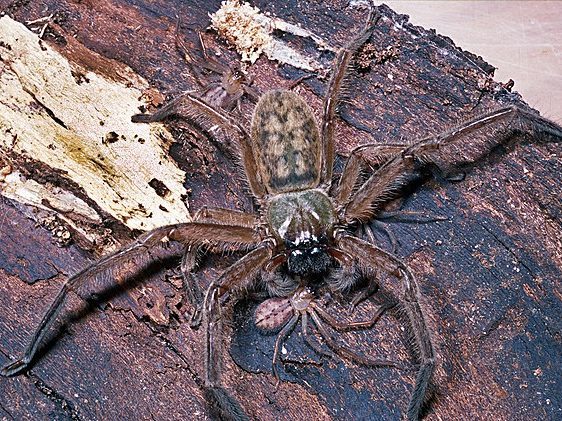Spare a little love for spiders. Supposedly scary but mostly misunderstood, these eight-legged creatures are vital to nature. There are more than 2000 species of pūngāwerewere (spider) in Aotearoa New Zealand, and most of them are endemic (i.e. as unique as the kiwi and kākāpō). Look beyond their spooky reputation: here are five reasons why our arachnid friends are actually quite cool.
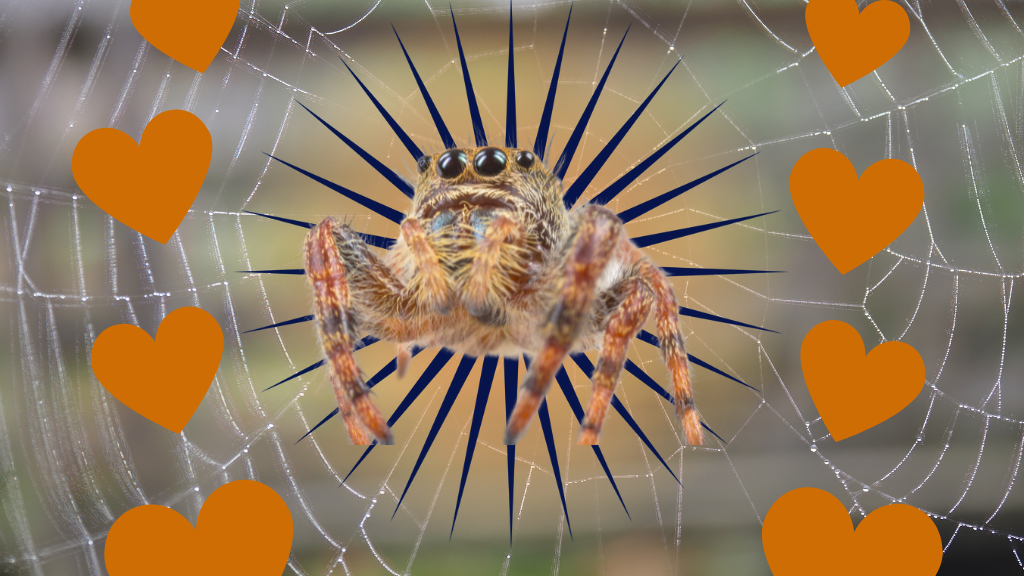
1. The vast majority of spiders are not harmful to humans.
Spiders have a bit of an undeserved reputation as vindictive, ruthless, dangerous fiends. The truth is they’re basically harmless and prefer to be left alone.
Only some spiders can bite humans (usually defensively), and there are only two venomous spiders in Aotearoa New Zealand. The native and rare katipō (night stinger in te reo Māori) are naturally shy and rarer than kiwi.
Few New Zealanders have ever seen one in its seashore habitat, a sad consequence of habitat loss and alteration.
The other is an Australian import: the redback. While bites from these spiders would definitely hurt, they are extremely rare, and a safe and effective anti-venom is available at GPs and hospitals.
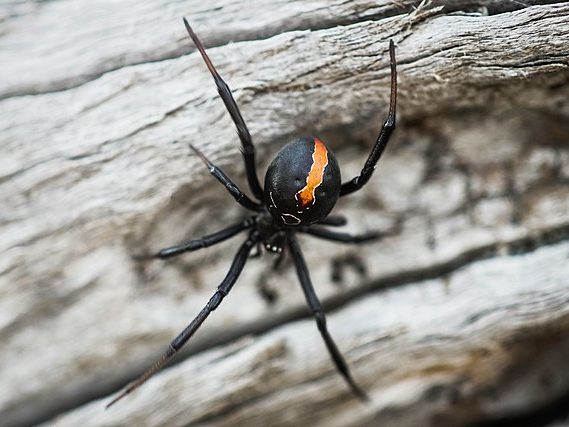
“But what about the white-tail” you might protest. Another Australian import, the white-tail, might bite you if provoked, but in most cases, the bite will only cause swelling, redness, and itchiness. Its venom is not of particular concern to humans – but do look out for secondary infections and get yourself to a doctor.
2. They keep insect numbers down.
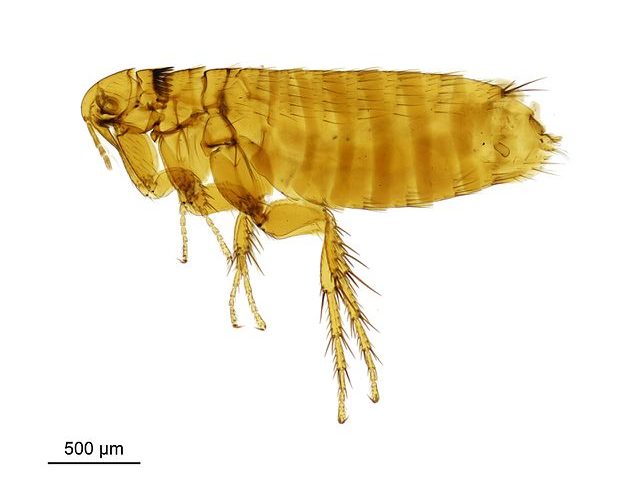
While most spiders aren’t harmful to humans, they are carnivorous and dispatch insects in spectacular form.
Some spiders hunt down food while others trap insects in sticky webs, but most all inject their prey with venom and suck out the liquefied remains.
It’s all in a day’s work controlling insects like fleas, flies, roaches, earwigs, moths and mosquitoes, some of which can become pests in our agriculture and gardens.
3. They are nurturing mothers.
You’ve probably seen the tips of low shrubs cloaked in white gossamer spider webs during summer. These webs have nothing to do with catching prey – rather, they are nurseries for the endemic nuseryweb spiderlings.
Female nurseryweb spiders will carry a large white ball, her precious egg sac, in her fangs everywhere she goes. When her young are nearly ready to come out, she takes the egg sac to the top of a shrub and spins a purpose-built, weather- and predator-proof web creche.
She seals up her babies, straddles them protectively at night and seeks shelter nearby during the day to avoid predators.
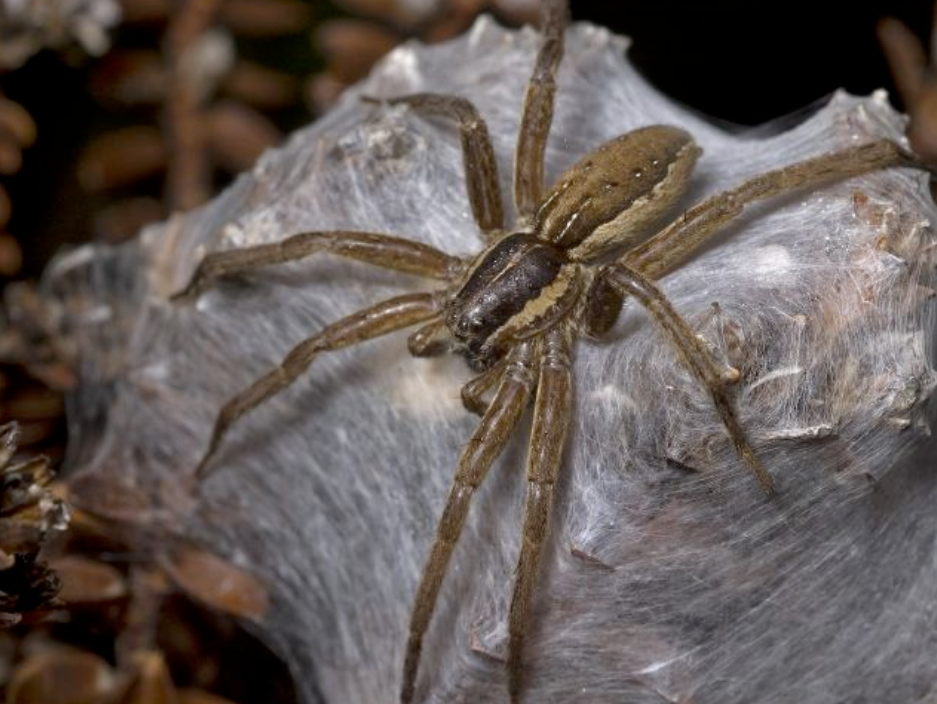
4. They come inside your house looking for love.
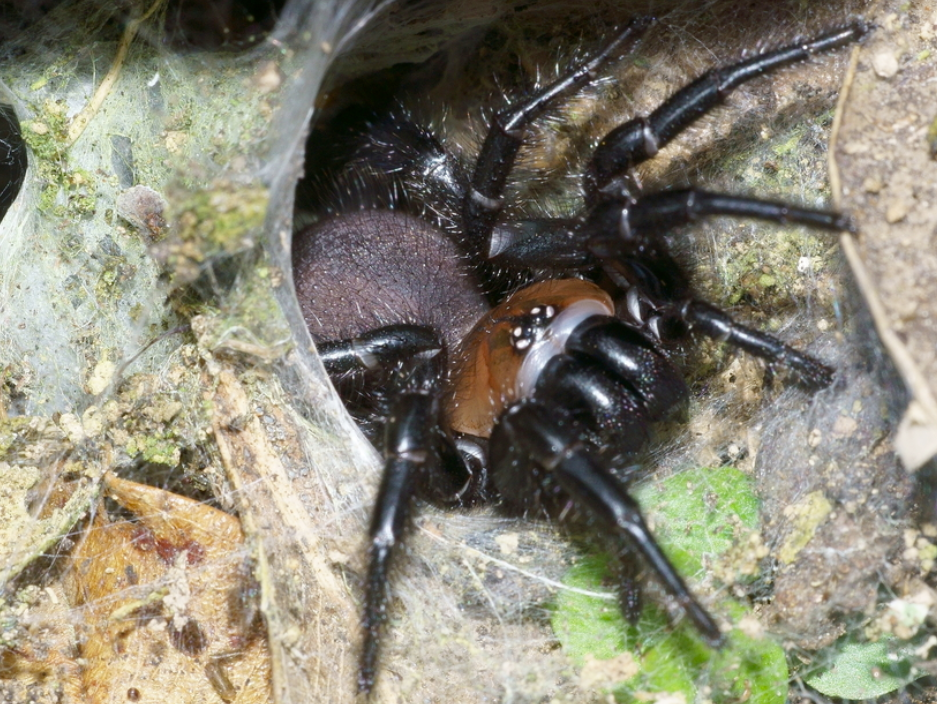
The next time an eight-legged crawly darkens your doorway, wish him good luck: it could be a male spider looking for love.
In spring and autumn, male tunnelwebs stray indoors, seeking out females for mating. His chances aren’t great: first, he must survive the hostile and dry environment indoors. If he makes it back outside and locates a female, he must enter her web to get close enough to mate. She’s larger and stronger and might lunge at a courting male, thinking he’s a meal. If he manages to clasp her in his front legs, she will become docile, and he can mate and escape – unless he eats her instead. Love is a dangerous game, after all.
In the name of love, if you see a spider inside your home, carefully capture it using a glass container and a piece of cardboard and gently place it back outside to continue the quest for love.
5. They’re movie stars.
Spiders are often cast in films when hairy and scary creatures are needed. But, like many people, cultures and historical facts, spiders are flagrantly misrepresented in Hollywood.
The native black tunnelweb spider inspired Peter Jackson’s vision of Shelob in Lord of the Rings: Return of the King. However, unlike the spider-like creature who drank “the blood of elves and men”, real black tunnelwebs are a harmless relative to the tarantula and the funnel-web. They are not venomous to humans and prefer to snack on beetles and slaters.
The small spiders featured in the classic 1990s movie Arachnophobia came from Auckland. Again, despite their fierce appearance, the introduced Avondale spiders are docile members of the crab-spider family and harmless to humans.
